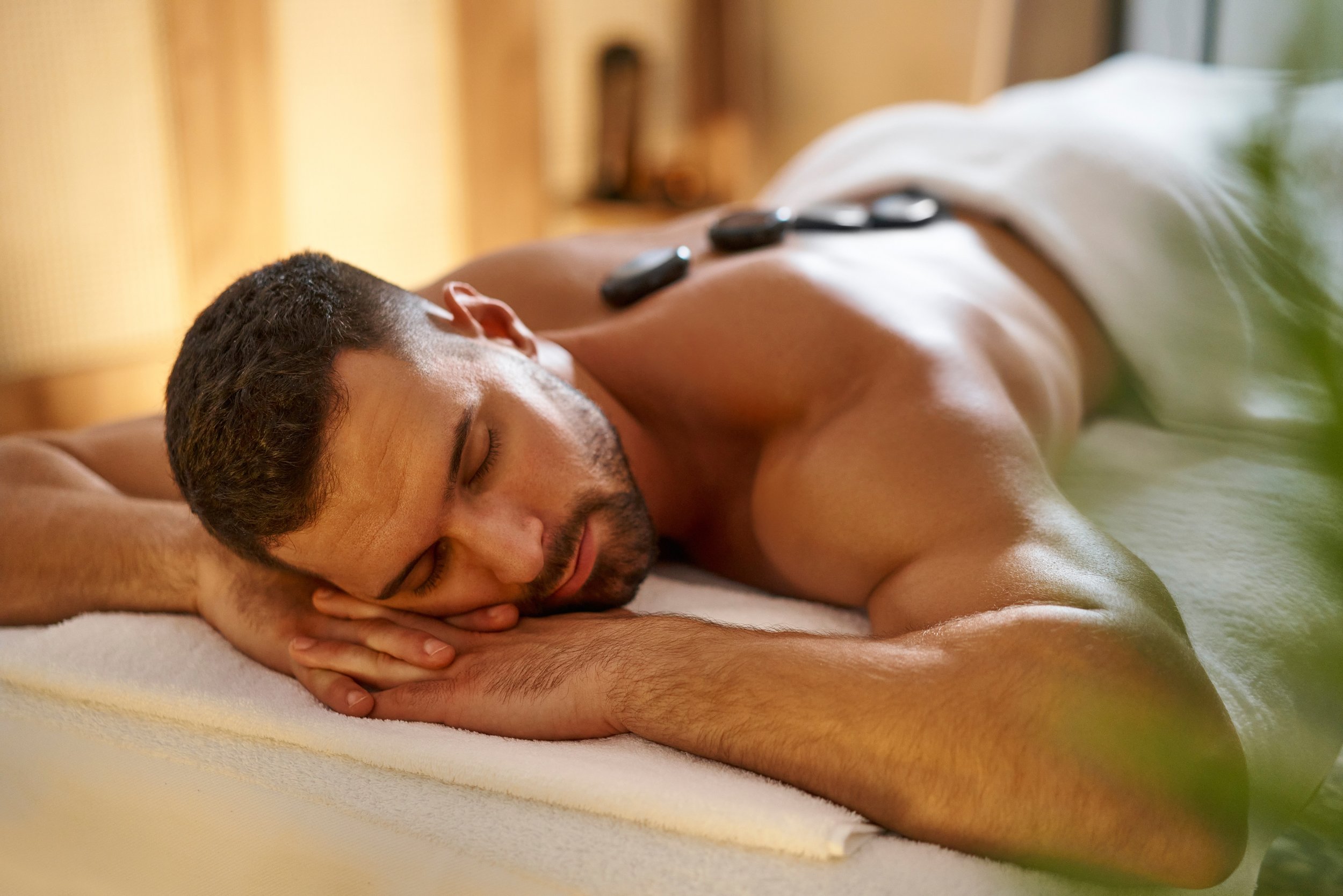Reflexology in Traditional Medicine: An Overview

Reflexology, an old healing method dating back hundreds of years, has gotten significant popularity in current years as a corresponding therapy for advertising general well-being. This holistic technique to health is based on the principle that certain factors on the ears, hands, and feet represent different body organs and systems within the body. By using stress to these factors, experts intend to minimize different ailments and recover equilibrium to the body.
The beginnings of reflexology can be traced back to old worlds, including Egypt and China. A pictograph located in the burial place of an Egyptian doctor, dating around 2330 BC, shows what shows up to be a reflexology therapy. With time, this technique has advanced and been improved, incorporating components from clinical customs and various cultures.
At its core, reflexology operates on the belief that the body is interconnected, and that promoting certain factors can have far-ranging results throughout the entire system. Professionals use their hands, primarily their thumbs and fingers, to use pressure to these response points, typically adhering to a specific map of the foot that lays out which locations match to which body components.
One of the primary advantages credited to reflexology is stress reduction. In our fast-paced contemporary world, anxiety has actually ended up being a common issue, adding to a variety of health concerns. Reflexology sessions frequently cause a deep state of leisure, helping to relax the nerves and lower the negative impacts of chronic tension on the body.
Beyond stress relief, advocates of reflexology insurance claim it can assist with a selection of problems, including:
Migraines and migraines Digestive problems Hormonal imbalances Sleep problems Chronic discomfort Circulation troubles While clinical research on reflexology is still continuous, numerous individuals report substantial enhancements in their signs and symptoms and general wellness after going through reflexology treatments. It’s important to keep in mind, nevertheless, that reflexology must not be thought about a replacement for standard healthcare, but rather a complementary therapy that can function along with traditional treatments.
A regular reflexology session lasts between 30 minutes to an hour. Throughout this time, the expert will service various factors of the feet, utilizing various methods such as thumb or finger walking, backup and hook, and rotation on a factor. Some practitioners might additionally integrate elements of massage therapy or various other corresponding treatments into their sessions.
One of the enticing aspects of reflexology is its non-invasive nature. Unlike lots of clinical treatments, reflexology doesn’t need any kind of unique devices or medication, making it an easily accessible choice for many individuals. In addition, the methods can be learned and used at home, enabling individuals to exercise self-care in between specialist sessions.
As with any type of recovery method, it’s critical to come close to reflexology with an open mind but additionally with a healthy and balanced dose of skepticism. While many individuals vow by its benefits, it’s always suggested to seek advice from a medical care specialist prior to beginning any new treatment routine, specifically if you have pre-existing wellness problems.
To conclude, reflexology uses an unique approach to health and wellness and wellness, rooted in ancient knowledge yet continuously advancing with contemporary understanding. Whether you’re seeking alleviation from certain signs or just seeking to enhance your total health, reflexology offers a mild, holistic choice worth exploring. As we remain to recognize the relevance of dealing with the entire individual as opposed to simply separated signs, practices like reflexology are most likely to play a progressively significant function in our technique to wellness and recovery.
Reflexology sessions frequently generate a deep state of leisure, helping to relax the worried system and lower the negative influences of persistent anxiety on the body.
In final thought, reflexology offers an unique approach to health and wellness, rooted in ancient wisdom yet continuously developing with modern-day understanding. Whether 秋葉原 seeking alleviation from details symptoms or just looking to enhance your general wellness, reflexology provides a mild, holistic option worth discovering. As we continue to recognize the importance of dealing with the entire person instead than simply isolated symptoms, methods like reflexology are likely to play an increasingly significant role in our strategy to health and wellness and healing.